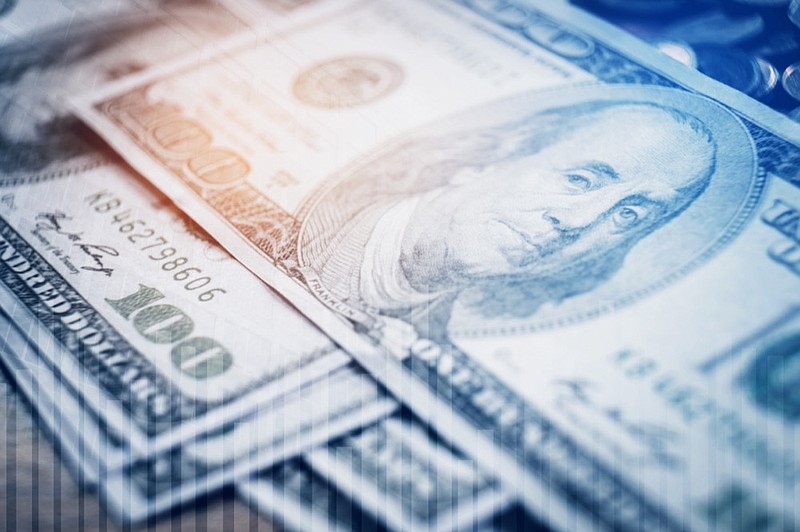When the federal government started withholding income taxes from workers' paychecks during World War II, the innovation was presented as a matter of fairness, a way to ensure that everyone paid. Irving Berlin wrote a song for the Treasury Department: "You see those bombers in the sky? Rockefeller helped to build them. So did I."
The withholding system remains the cornerstone of income taxation, effectively preventing Americans from lying about wage income. Employers submit an annual W-2 report on the wages paid to each worker, making it hard to fudge the numbers.
But the burden of taxation is increasingly warped because the government has no comparable system for verifying income from businesses. The result is that most wage earners pay their fair share, while many business owners engage in blatant fraud at public expense.
In a remarkable 2019 analysis, the IRS estimated that Americans report on their taxes less than half of all income that is not subject to some form of third-party verification like a W-2. Billions of dollars in business profits, rent and royalties are hidden from the government each year. By contrast, more than 95% of wage income is reported.
Unreported income is the single largest reason that unpaid federal income taxes may amount to more than $600 billion this year and more than $7.5 trillion over the next decade. It is a truly staggering sum - more than half the projected federal deficit over the same period.
The government has a basic obligation to enforce the law and to crack down on this epidemic of tax fraud. The failure to do so means that the burden of paying for public services falls more heavily on wage earners than on business owners, exacerbating economic inequality. The reality of widespread cheating also undermines the legitimacy of a tax system that still relies to a considerable extent on Americans' good-faith participation.
Proposals to close this "tax gap" often focus on reversing the long-term decline in funding for the IRS, allowing the agency to hire more workers and audit more wealthy taxpayers. But Charles Rossotti, who led the IRS from 1997 to 2002, makes a compelling argument that such an approach is inadequate. Rossotti says that Congress needs to change the rules by creating a third-party verification system for business income, too.
The core of Rossotti's clever proposal is to obtain that information from banks. Under his plan, the government would require banks to produce an annual account statement totaling inflows and outflows, like the 1099 tax forms that investment firms must provide to their clients.
Individuals would then have the opportunity to reconcile what Rossotti dubs their "1099New" forms with their reported income on their individual tax returns. One might, for example, assert that a particular deposit was a tax-exempt gift.
Rossotti has proposed that the IRS require the new forms only for people with taxable income above a generous threshold. A bill including Rossotti's plan, introduced by Rep. Ro Khanna, D-Calif., sets that threshold at $400,000 to minimize the burden on small business. The money is undoubtedly in chasing wealthy tax cheats, but equity argues that business income, like wage income, should be subject to a uniform reporting standard. Small businesses ought to pay their taxes, too.
The proposal would not increase the amount anyone owes in taxes. It would, instead, increase the amount paid in taxes by those who are currently cheating.
There are many proposals to raise taxes on the rich. Let's start by collecting what they already owe.
The New York Times
